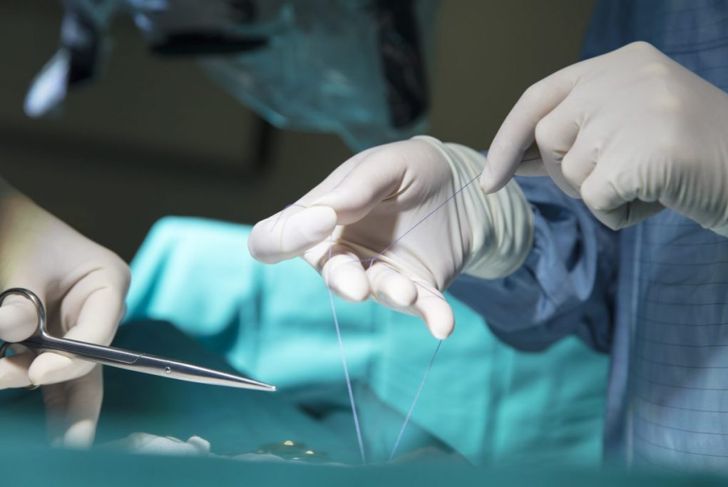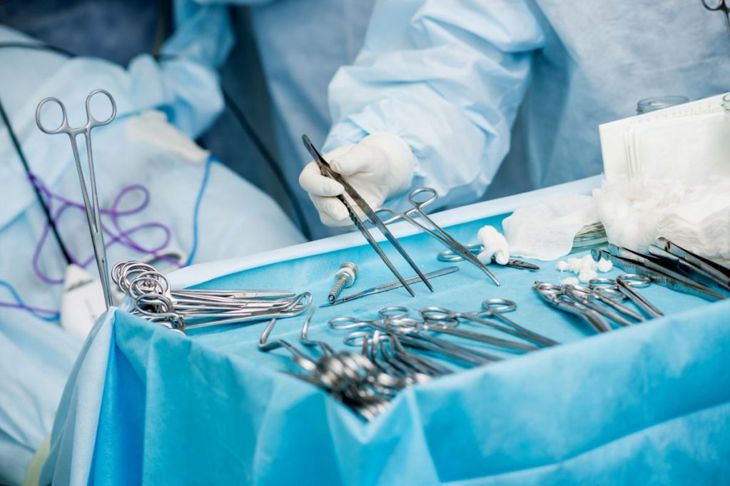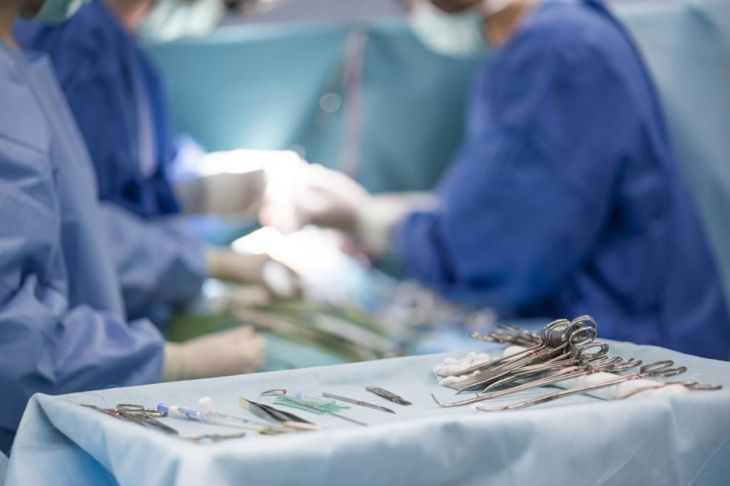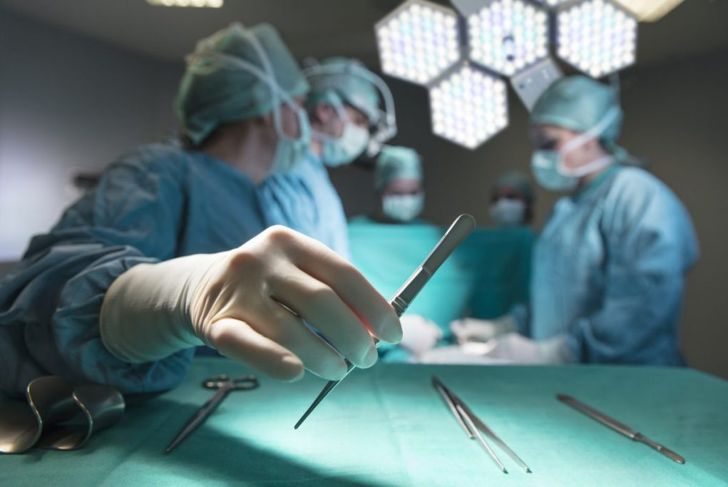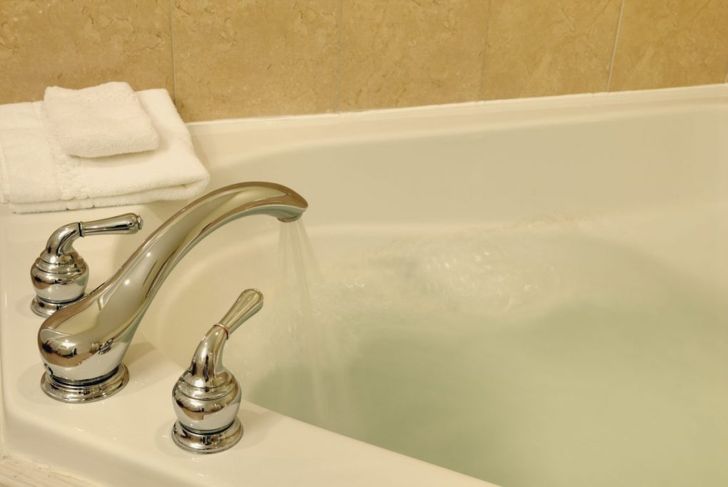Pilonidal cysts are sac-like structures that form in the groove between the buttocks. Often filled with hair and debris, they may resemble small pores in the skin with noticeable dark spots. When infected, abscesses develop, which can cause mild to severe pain, swelling, and purulent drainage. For some individuals, a fever may accompany the infection. While pilonidal cysts are not medically serious, doctors often recommend treatment as they are inconvenient and uncomfortable.
Antibiotics
Doctors often prescribe oral antibiotics if pilonidal cysts become infected (turn into abscesses). If the infection worsens over time, the cyst will likely require surgical treatment. Should this be the case, physicians usually recommend antibacterials following the procedure, to reduce healing time. To prevent the bacteria from becoming drug-resistant, individuals with such prescriptions should complete their full course of antibiotics.
Painkillers
Over-the-counter painkillers can alleviate pain caused by pilonidal cysts. Nonsteroidal anti-inflammatory drugs (NSAIDs) can help reduce swelling. Due to their gastric side effects, however, they are not ideal for individuals with a history of stomach ulcers. It is a good idea to speak with a physician before taking any non-prescription medication.
Surgical Incision and Drainage
Depending on the case, surgical drainage may help reduce pain and inflammation. This relatively simple procedure can take place in the doctor’s office. Using local anesthetics, the doctor makes a small cut in the cyst, which allows drainage of pus and fluid. Once complete, the wound is packed with sterile gauze and left open; this helps to heal the infected cyst from the inside out, a process that can take upwards of four weeks. During this period, the individual must make sure to regularly change the gauze.
Surgical Incision, Drainage, and Closing of the Wound
While not as common, some physicians may choose to close the wound following the incision and drainage. This may be more convenient as there is no need for gauze, but this method does see higher instances of recurrence. As long as the area is kept clean, however, the lesion tends to heal quickly.
Surgical Excision for Pilonidal Cysts
Surgical excision is an effective option for those with chronic pilonidal cysts. Often performed in an outpatient setting, the procedure consists of a surgeon removing all affected tissue in the surrounding area. Afterward, the wound is packed with a sterile dressing and left open. Depending on the patient, it can take anywhere from a few weeks to several months to recover completely. Most individuals can return to work after two to four weeks, as long as they avoid strenuous activities.
Marsupialization
Another option for recurrent pilonidal cysts is marsupialization, a surgical procedure in which the edges of a drained cyst are sutured together to form an open “pouch.” Following the operation, which generally takes about 15 minutes, the area is packed loosely with gauze to stop the bleeding. Before being discharged, the patient will have the dressing removed by the physician. Provided good post-treatment care during recovery, the wound will typically heal within two weeks.
Phenols
Phenol injections can serve instead of surgical treatment in some cases. A type of antiseptic, these compounds can effectively treat chronic pilonidal disease. Under local anesthesia, the surgeon clears the area of hair and debris before injecting with a phenol solution. In most cases, the procedure will have to be repeated a few times. Eventually, the injections will cause the wound to harden and close. Due to the high rate of recurrence, however, this technique is relatively uncommon in the United States.
Ablation
Video-assisted ablation is one of the newer alternatives to surgical excision of pilonidal cysts. A feasible option for those with the chronic version of the disease, the procedure involves the removal of the infected sinus cavity (the cyst or abscess) through a small surgical incision. Less invasive than excisions, this option requires minimal wound care following the surgery. Ablation techniques remain rare, as they are still relatively new.
Laser Hair Removal
In the recent years, doctors have begun using laser hair removal in the treatment of pilonidal cysts. Excessive ingrown hairs seem to prompt recurrence so that depilatory methods can be useful as an adjunct to surgical excision. Performed using topical anesthesia, the medical practitioner must typically repeat the procedure at six- to eight-week intervals after the initial session. To maximize the benefits, practitioners recommend having operating surgeons work in tandem with laser surgeons.
Warm Soaks
Warm soaks can be effective at alleviating pain and other symptoms of pilonidal cysts. Specifically, patients are recommended to take a sitz bath (a warm, shallow bath in which an individual immerses their buttocks and hips) two or three times daily. In addition to relieving discomfort, soaking also helps keep the area clean.

 Home
Home Health
Health Diet & Nutrition
Diet & Nutrition Living Well
Living Well More
More


